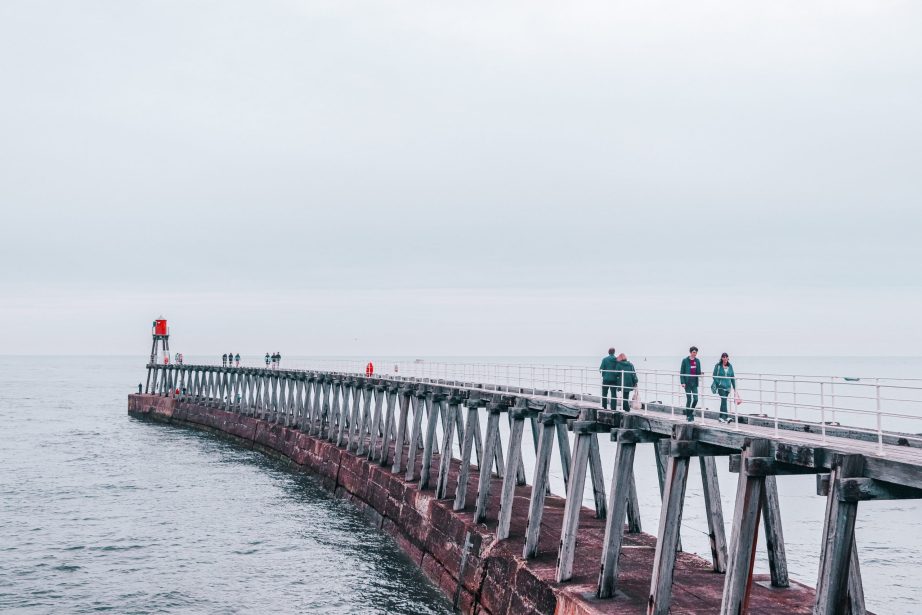In regions like the South Coast, the challenges posed by coastal winds and harsh conditions often lead to the deterioration of steel structures, resulting in safety hazards and substantial repair costs. A recent case study highlights these issues in a mixed-use steel frame building, where a cantilevered canopy intended for both commercial entrance coverage and resident terrace use had degraded to a hazardous state. This deterioration arose from inadequate steel protection against the elements, exacerbated by poor rainwater drainage.
In combating corrosion and ensuring structural integrity, a pivotal approach lies in employing galvanized steel. Galvanization offers an array of benefits that make it the most robust form of corrosion prevention. Primarily, it establishes a physical barrier between the steel and external factors, rendering it one of the most enduring safeguards against rust and corrosion. Moreover, galvanized steel provides sacrificial protection, meaning it will corrode gradually, safeguarding the steel beam it shields. Depending on environmental conditions, galvanized steel can ensure corrosion resistance across generations.
Even if the galvanized coating develops a crack, exposing the underlying steel, the incorporated zinc in the galvanization restricts lateral corrosion expansion, commonly referred to as sideways creep. This phenomenon, which often triggers paint peeling and deterioration, is thereby curtailed, maintaining the integrity of the protective layer.
Furthermore, galvanization encompasses both cathodic protection (by bonding a sacrificial metal to the steel) and barrier protection, culminating in a maintenance-free system that can endure for over 75 years in most environments. In contrast, relying solely on paint coatings entails a solitary layer of protection; any breaches in this barrier lead to immediate corrosion of the steel underneath.
The enduring resilience of galvanized steel significantly diminishes the necessity for recurrent maintenance and repainting, conserving time and resources. This not only fosters a sustainable construction approach but also diminishes the lifelong expenses associated with opting for galvanized steel.
The United Kingdom stands as the sole nation globally to possess a comprehensive national corrosion map, which establishes a background corrosion rate per 10 km² across the country. This invaluable tool facilitates precise determination of the requisite protection for any steelwork in diverse settings.
Should your project entail external steel elements susceptible to rust and corrosion concerns, our dedicated Southampton team is at your service. Reach out to us at 02381 920656 or via email at mail@swjconsulting.co.uk to secure a robust and enduring solution.




